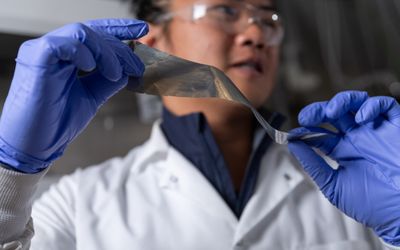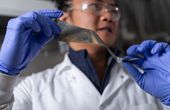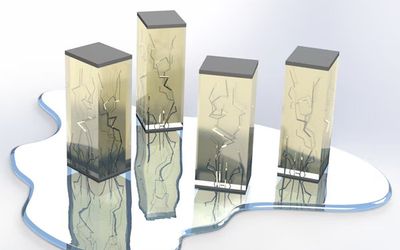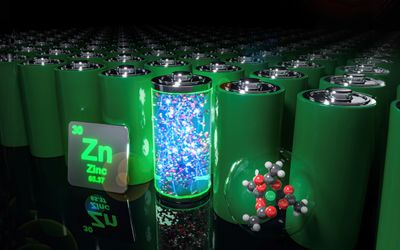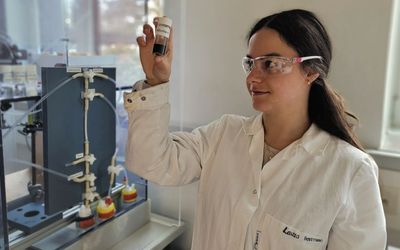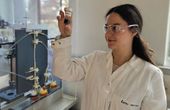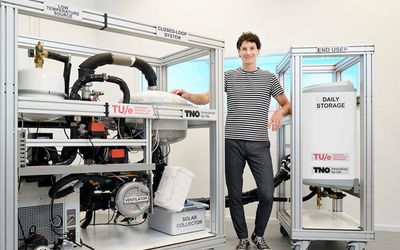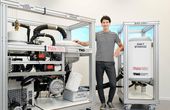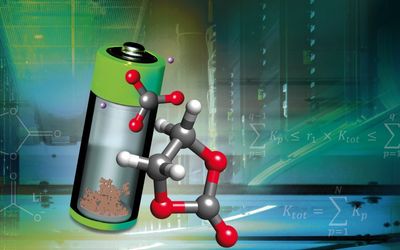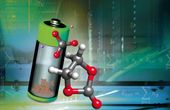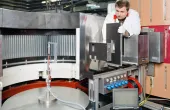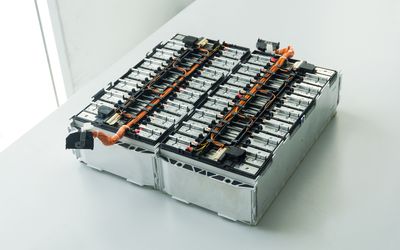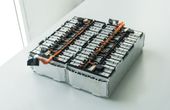Tagged with
Battery
Latest Posts
Battery technology is still in its infancy. Electric car batteries underperform and are a potential hazard. As the number of batteries used increases exponentially, it is only a matter of statistics and time before we see more of them bursting into flames in electric vehicles (EV) and e-bikes. Yet, the EV trend will not only continue, but future growth will also be explosive (pardon the pun).
New research at the McKelvey School of Engineering at Washington University in St. Louis is the first to show that a solid-state electrolyte has a high level of similarity to liquid electrolytes, which is good news for designing safer and more efficient solid-state batteries based on reliable mechanistic knowledge.
Plants use photosynthesis to harvest energy from sunlight. Now researchers at the Technical University of Munich (TUM) have applied this principle as the basis for developing new sustainable processes which in the future may produce syngas (synthetic gas) for the large-scale chemical industry and be able to charge batteries.
A research team at the Technical University of Munich (TUM) has discovered a material class with above-average conductivity. This is a decisive step forward in the development of high-performance solid-state batteries. Investigations conducted at the Research Neutron Source Heinz Maier-Leibnitz (FRM II) made an essential contribution to the discovery.




